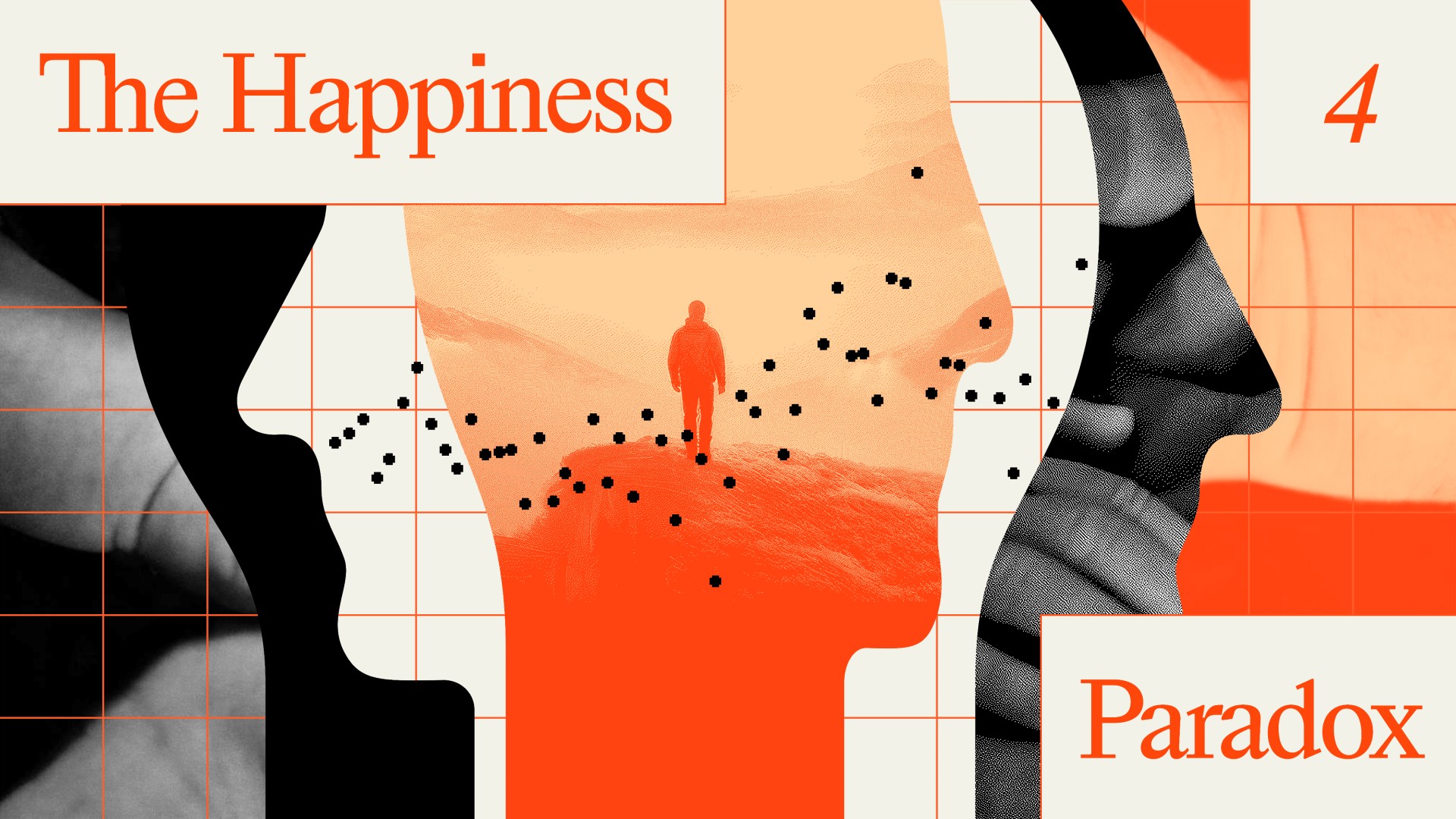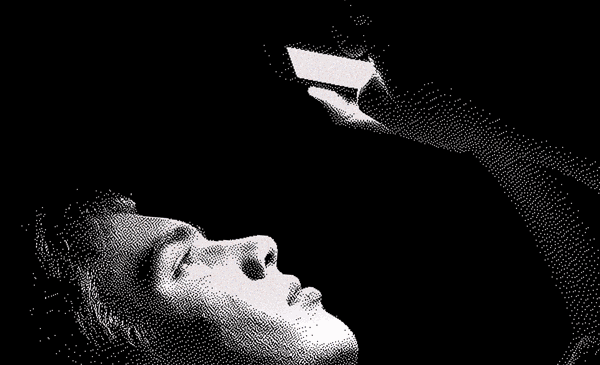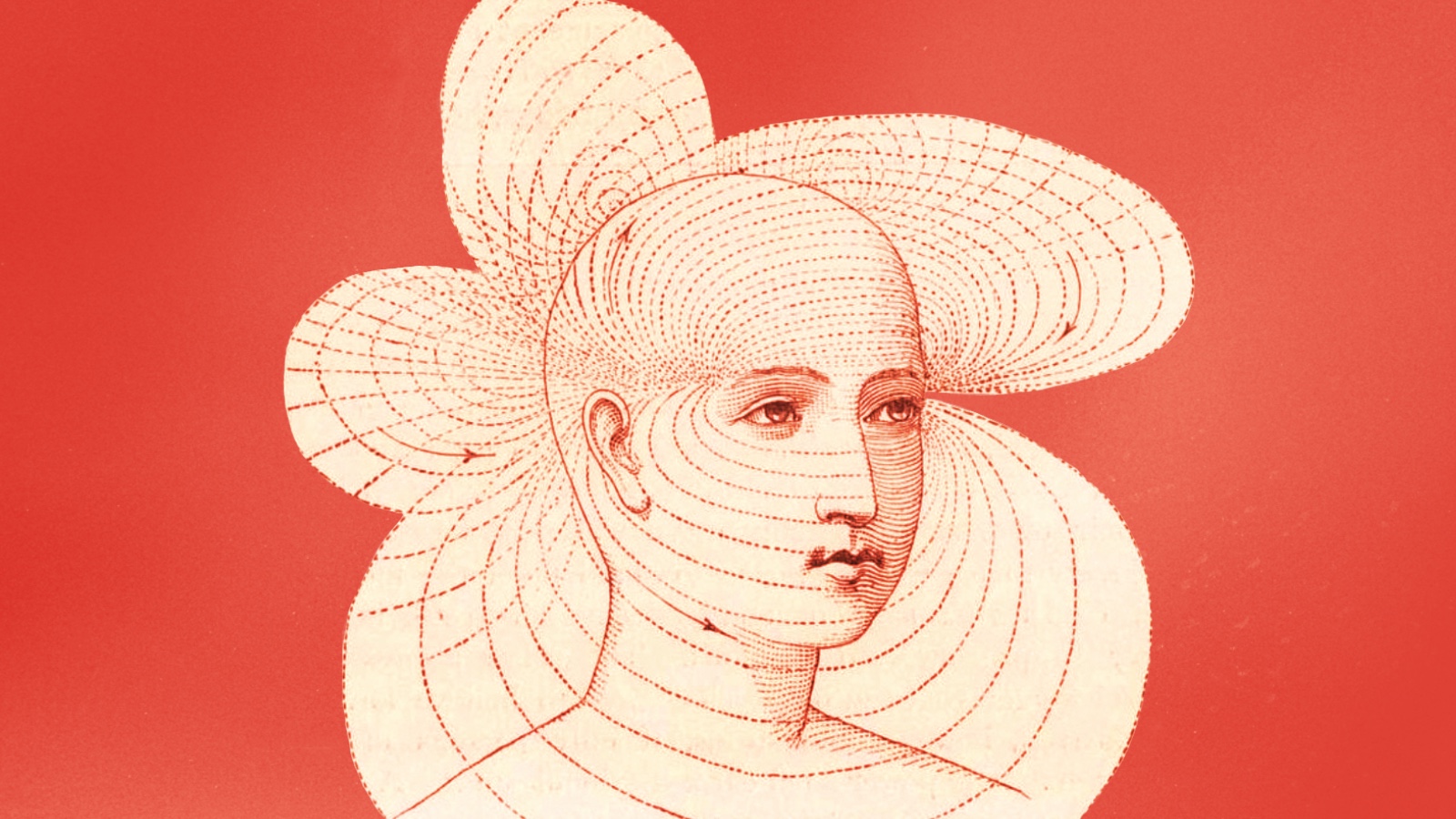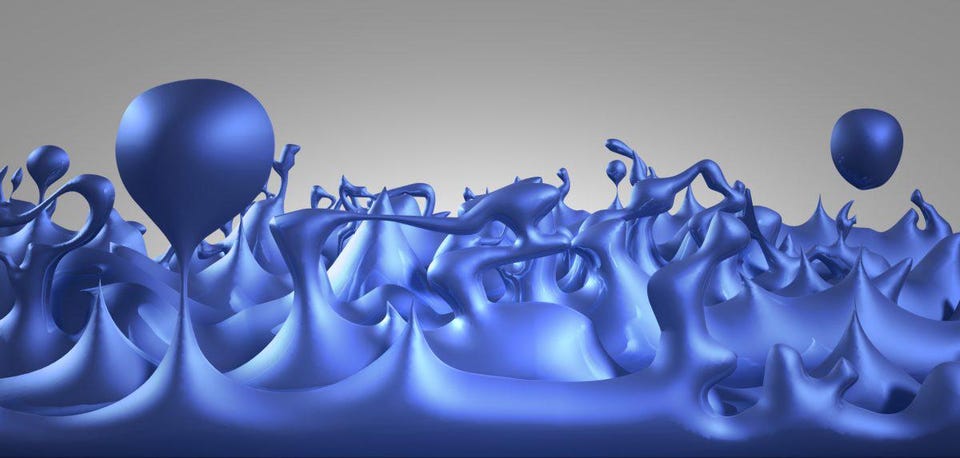Kanazawa’s Report of Black Female “Unattractiveness” Debunked By Independent Analysis

Dr. Scott Barry Kaufman and Jelte Wicherts analyzed the same data that LSE “evolutionary psychologist” Satoshi Kanazawa used in his attempt to prove that black women are “objectively” less attractive than women of other races. Kaufman’s analysis shows that Kanazawa was even further off-base than he initially seemed. As it turns out black women were not even rated as less attractive on average than women of other races.
Kanazawa’s analysis was invalid on its face because he used interviewers’ subjective ratings of subjects’ attractiveness as a measure of objective attractiveness. He forgot than an opinion about someone else’s looks is still just an opinion. After that, everything he tried to do with his data was like building a skyscraper on Jello.
Kaufman’s number-crunching takes the critique to the next level. The Add Health study started tracking thousands of teens in 1994-1995 when they were in grades 7-12 (Wave 1). The researchers re-interviewed these subjects in 1996 (Wave 2), in 2001-2002 (Wave 3), and again in 2007-2008 (Wave 4).
Kanazawa only used the data from the first three waves, even though data for Wave 4 had been out for about a month when he published his notorious blog post, Kaufman notes. This is a critical omission.
Kaufman’s analysis found that black teen girls were rated less attractive on average, but that the rating gap had narrowed to the point of statistical insignificance by Wave 3 when the subjects were in their late teens through early twenties. By Wave 4, the difference had disappeared entirely.
The fact that Kanazawa left out the Wave 4 data raises troubling questions about his scientific integrity and his competence.
It’s not clear why there was a perceived attractiveness gap early on, or why the gap closed.
Dare we hope that prevailing beauty standards became a little less racist between 1994 and 2008? Maybe path breaking women like Halle Berry, who became the first black woman to win an Academy Award for Best Actress in 2001, helped recalibrate America’s beauty ideals.
[Photo credit: Bart van de Biezen, Creative Commons.]





